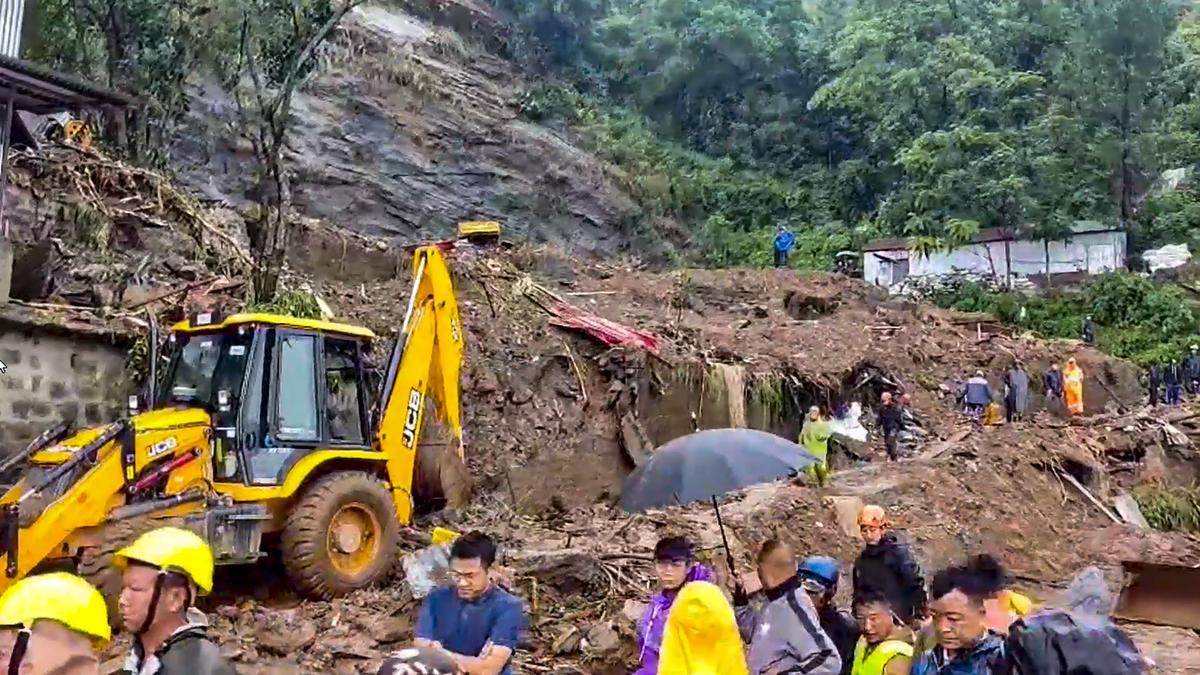Cyclone Remal, with winds reaching speeds of up to 150 miles per hour, wreaked havoc in the northeastern region, resulting in significant casualties and widespread destruction.
Impact and Devastation
The cyclone caused the death of 31 people and displaced numerous others, while uprooting trees, demolishing homes, and causing extensive power outages.
Rescue and Relief Operations
Following the disaster, rescue teams initiated efforts to locate survivors trapped under debris. However, reaching remote areas was challenging due to flooding and debris blocking access. Local and national disaster response teams mobilized relief efforts, offering shelter, food, and medical aid to affected individuals.
Ongoing Challenges
Communication networks remained disrupted post-cyclone, impeding the coordination of rescue and relief operations. Rebuilding efforts faced hurdles due to the extensive damage inflicted on infrastructure.
Community Recovery and Resilience
Residents confronted the aftermath of the cyclone, grieving the loss of loved ones and confronting the daunting task of rebuilding their lives. Questions arose regarding the readiness and resilience of communities to tackle increasingly frequent and intense weather events, exacerbated by climate change.
Multiple-Choice Questions (MCQs):
- What was the maximum wind speed recorded during Cyclone Remal?
- A) 100 miles per hour
- B) 120 miles per hour
- C) 150 miles per hour
- D) 180 miles per hour
- How many casualties were reported due to Cyclone Remal?
- A) 10
- B) 21
- C) 31
- D) 41
- What were the primary challenges faced during rescue operations?
- A) Lack of resources
- B) Communication disruptions
- C) Inadequate personnel
- D) Political interference
- What kinds of assistance were provided in the relief efforts?
- A) Financial aid
- B) Shelter, food, and medical assistance
- C) Transportation services
- D) Educational support
- What aspect of community resilience was questioned in the aftermath of Cyclone Remal?
- A) Economic stability
- B) Social cohesion
- C) Preparedness for weather events
- D) Technological advancement
